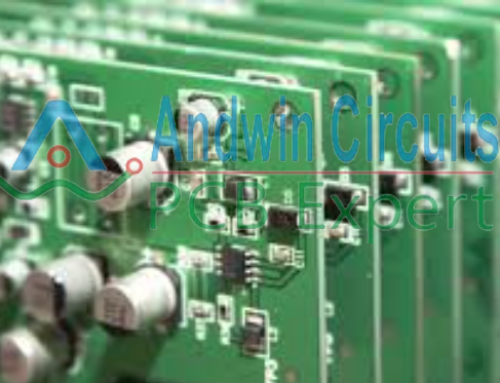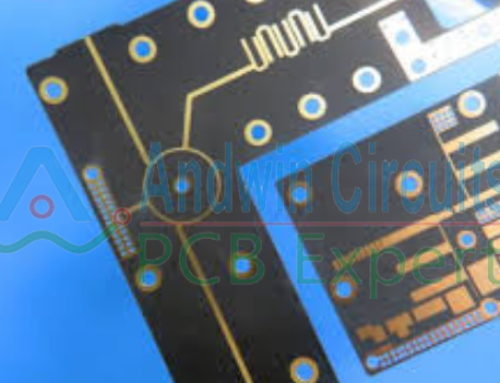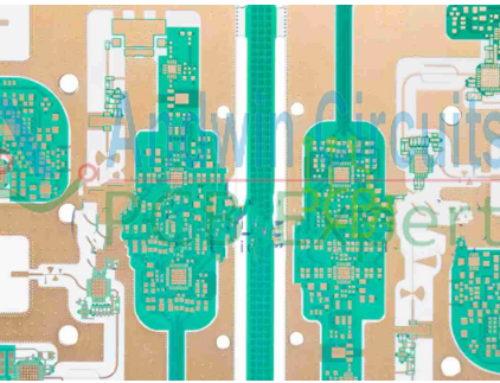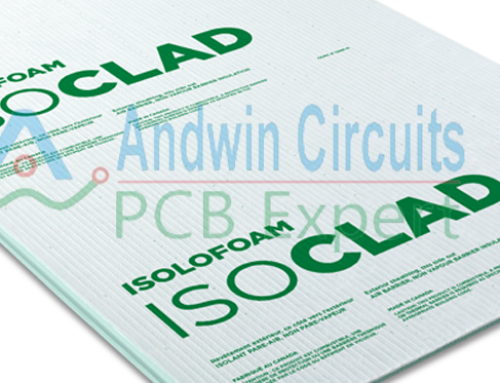What is Double Sided Flexible PCB?
A flexible PCB is a kind of printed circuit board, also called a flexible printed circuit, or FPC for short.
FPC is made of adhesive material or non-adhesive material.
The copper used in the FPC production process is divided into electrolytic copper and rolled copper,
and non-stick rolled copper is more flexible and foldable.
A double-layer flexible PCB consists of two conductive layers with an insulating layer in between.
A double-layer flexible PCB is an ideal product that requires circuit density.
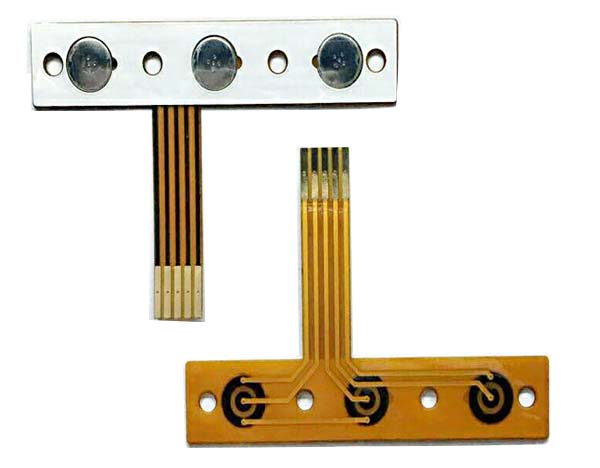
What Are The Applications Of Double-Sided Flex PCB?
Double-sided flexible PCB has been widely used due to its excellent performance, such as
Communications
Consumer Electronics
Automotive
Medical
Industrial
Aerospace
Military
Transportation etc.
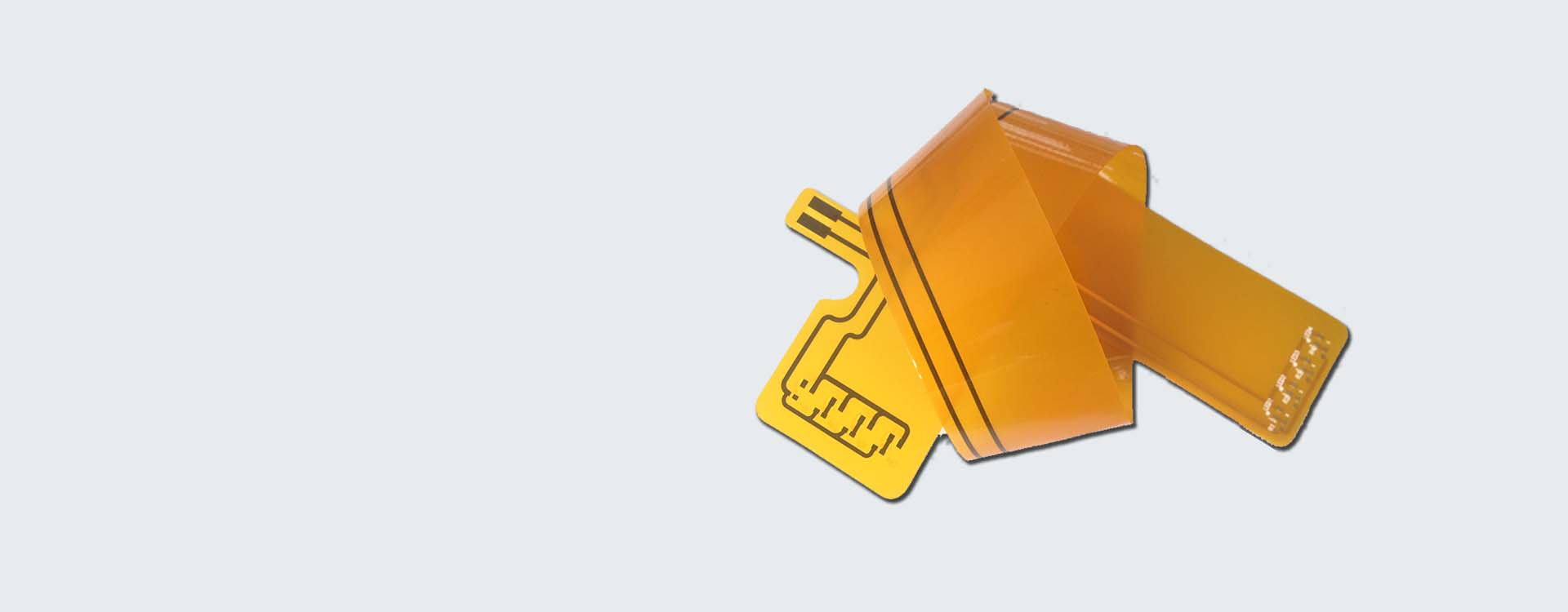
A double-sided flex PCB is a printed circuit board that has conductive traces on both sides of the flexible substrate.
This allows for more complex circuitry to be designed and implemented in a smaller space.
Double-sided flex PCBs are commonly used in applications where space is limited, such as in medical devices,
aerospace equipment, and portable electronics. They are also used in applications where the PCB needs to be bent or folded,
such as in wearable technology or flexible displays.
Double-sided flex PCBs are typically made using a combination of copper, polyimide, and adhesive layers,
and can be designed to meet specific requirements for impedance, signal integrity, and thermal management.

types of double sided flex pcb
There are several types of double-sided flex PCBs, including:
1. Adhesiveless double-sided flex PCBs: These PCBs do not use any adhesive layers between the copper and polyimide layers, making them more flexible and durable.
2. Double-access double-sided flex PCBs: These PCBs have access to both sides of the board, allowing for more complex circuitry and easier assembly.
3. Dual-layer double-sided flex PCBs: These PCBs have two layers of copper on each side of the polyimide substrate, allowing for even more complex circuitry and higher density designs.
4. Rigid-flex double-sided PCBs: These PCBs combine the flexibility of a flex PCB with the rigidity of a traditional PCB, allowing for more complex designs and easier assembly.
5. Sculptured double-sided flex PCBs: These PCBs have a sculpted or curved shape, allowing them to fit into unique or irregularly-shaped spaces.
6. Stacked double-sided flex PCBs: These PCBs have multiple layers of circuitry stacked on top of each other, allowing for higher density designs and more complex functionality.
Other PCB products, you may interesting










